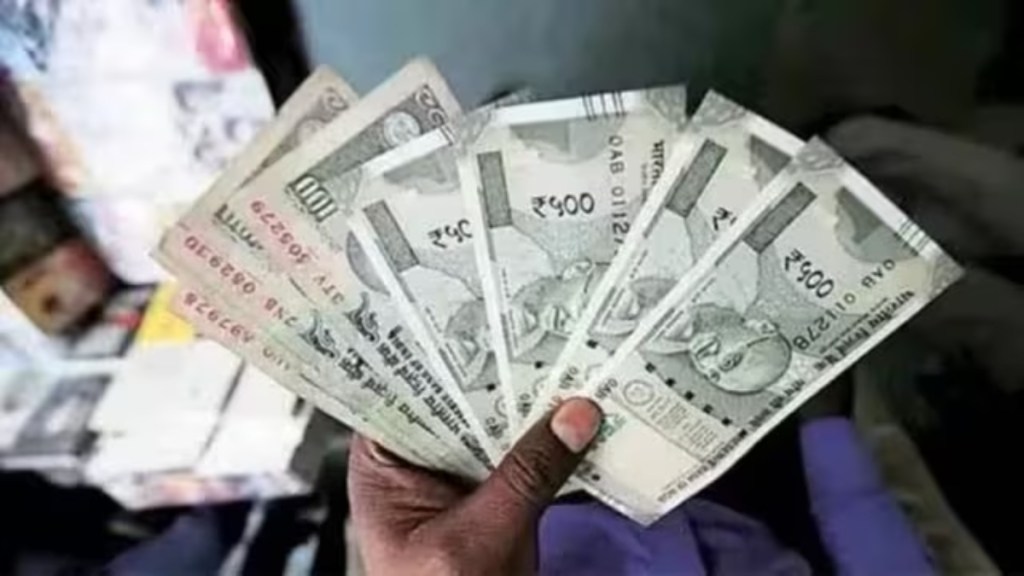In the last decade, the Narendra Modi government has redesigned India’s economic structure, almost as much as it has the country’s mode of governance and the political landscape. The change is deeper than what’s facilely noticed. The question is whether this is for the long-term good of the country, or a recipe for internal conflicts, and sub-optimal or stunted economic growth for long years ahead.
While governance and policy-making have become more centralised under Modi’s watch and directions, resources and profits have shifted from the numerically larger “households” and the informal sector to the dominant formal players and, to some extent, from the states to the Centre. At the same time, large sections of low-income population are made to feel the state’s care like never before, with improved access to the basic necessities.
The rates of growth of Budget spending on heath and education, critical to the emancipation of the poor, however, haven’t risen above trend. Joblessness and a protracted income crisis in the rural sector betray the economy’s travails, and the bouts of inflation the decline in its growth capacity.
Digital transactions have proliferated as soon as they are born. However, cash in circulation (CIC) also continued to grow not just in absolute term, but also as a fraction of the gross domestic product (GDP). The material hit that was delivered to (an already-faltering) economy via abrupt cancellation of the legal-tender status of 86% of CIC in November 2016 has proven to be without any counterbalancing gains, or closing of the avenues for black money generation. A large part of CIC is now seemingly hoarded.
For sure, the Modi government has been a diligent steward of the macro-economic fundamentals. It refused to be spendthrift, even during the testing times of the pandemic. In stark contrast to the developed economies, the consumption stimulus by India during the Covid period was judicious, helping avoid a precipitous fiscal slide. The handouts, notably free ration to a mammoth pool of 810 million people, have been targetted and efficacious, and the post-pandemic fiscal correction sharp, credible and qualitatively superior.
The Modi 1.0 government resolved the legacy “twin-balance sheet problem” expeditiously, with the support of the Reserve Bank of India. Both the corporate sector and banks are now deleveraged, and face criticism for undue caution and risk aversion.
Nevertheless, the strategy that followed this resuscitation of the principal players of the economy – use of enhanced public investments to lure private capital into greenfield projects – hasn’t produced quick, conspicuous results. A deep corporate tax cut, handed out as early as in financial year 2017-2018, wasn’t enough for the large firms to take the plunge. Capacity utilisation has slowly crept up in some sectors over recent quarters, setting the stage for a new investment cycle, but signs of this are yet feeble. Of course, the real estate sector had regained momentum pretty soon after the pandemic.
Labour-intensive exports took a beating, while shipments of tech-driven items like electronic goods jumped. Export destinations agilely shifted. Services exports stayed buoyant, but the country is yet to switch to more value-added services.
A clutch of reforms has been unveiled by the two Modi governments to bolster the productive capacity of the economy, and raise its (reduced) potential growth rate. Besides the Goods and Service Tax and the Insolvency and Bankruptcy Code, coal and seaport sectors have seen path-breaking changes that removed historical policy barriers to private investments. While these are beginning to make an impact, the GST needs structural tweaks to bring about the desired “output effect,” and incremental economic growth. Also, the insolvency process has to be liberated from the sloth and leniency set in after the initial success in resolving a few large legacy cases.
The government used budgetary and borrowed capital to accelerate fixed asset creation in the railways sector, and build freight corridors. The pace of addition of the national highways network has been much faster in the Modi regime, although private risk capital has been stubbornly aloof. However, as the NHAI’s debt soared, fresh borrowings by the agency was temporarily ceased, with bigger (unsustainable) reliance on budget funds.
The Centre’s budget capex has seen a sharp jump, but the overall rise in public investments has been less steeper, as states ceded some ground. The assorted frameworks for pooling in patient capital to fund infrastructure projects – like DFI , NIIF and others – are yet to make a big impact. Monetisation of public assets have started, and could potentially reduce the reliance on taxpayers’ money and capital markets for financing of infrastructure to an extent.
The Modi regime saw rapid rise in renewable energy (non-fossil fuel) capacity, in sync with India’s pledge to be a net-zero emitter by 2070. The intractable payment issues that have made the power sector unattractive for investors have been mitigated. However, the government could not keep the promise of reducing reliance on imports for crude oil (it has risen in fact), and domestic gas production has stagnated. India is eyeing early-mover advantage to realise the ambition of being a “global hub” of Green Hydrogen and syngas ventures, and a shift to electric mobility with associated infrastructure.
Between 2014 and 2022, India jumped five notches to become the 5th largest national economy in terms of nominal GDP in dollar terms, and will have likely assumed the third slot by 2027 (FY28). Though this would seem a remarkable climb up the ladder, the fact is the GDP expanded at a significantly lower annual average rate of 5.9% in Modi’s ten years, compared to 8.1% in the previous decade (UPA-II and II). This was, of course, partly due to the interruption caused by the pandemic.

